The U.S. Supreme Court has ruled against the federal government, siding instead with Native American tribes in a case over healthcare funding. Now, the court has ordered President Joe Biden’s administration to pay back tribes.
This latest decision comes after a long dispute between two tribes and the federal government over who is responsible for paying overhead costs in healthcare billing.
Healthcare Is Biden’s Priority
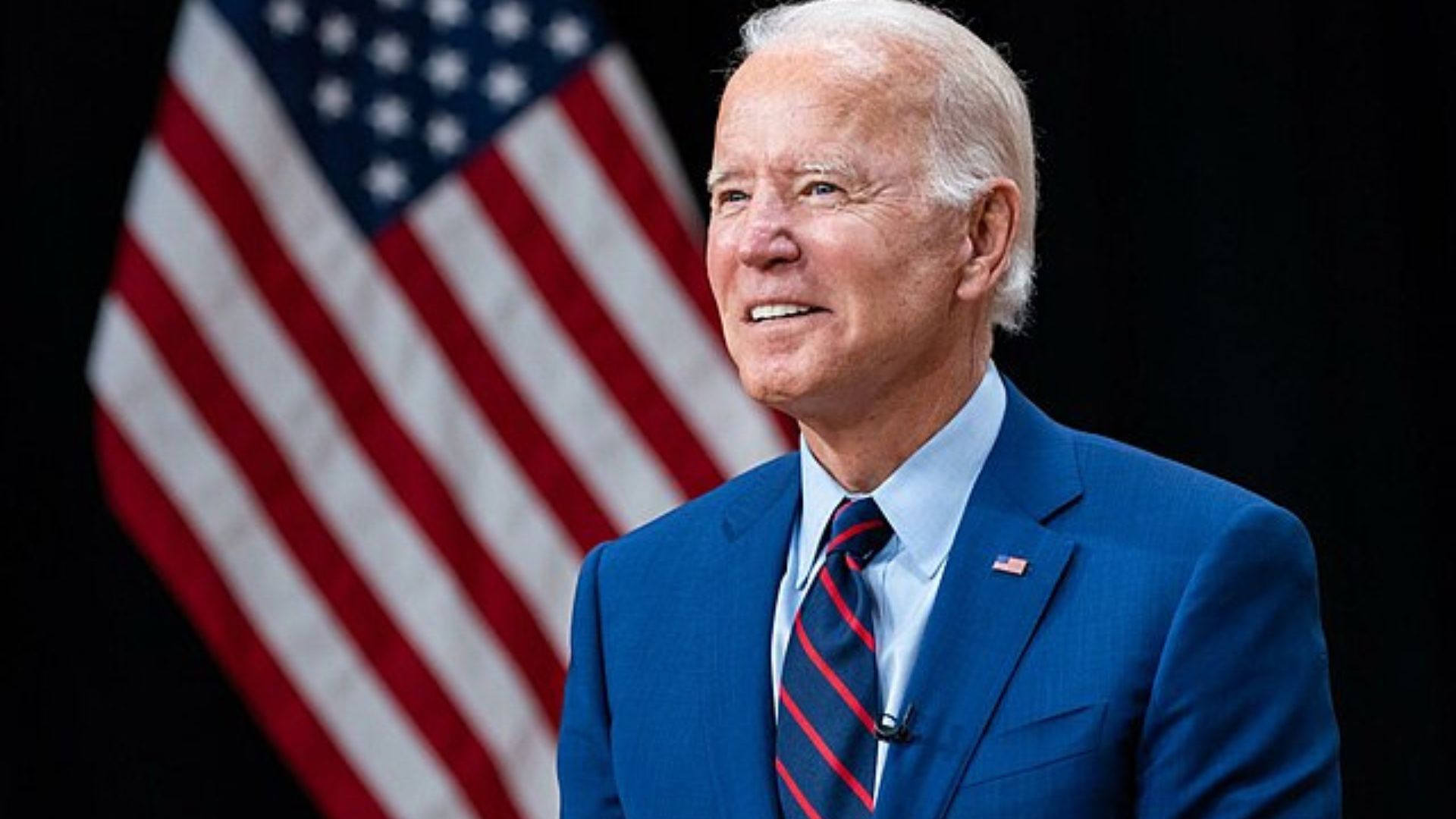
With the presidential election coming up in November 2024, candidates are making their priorities very clear. One of President Joe Biden’s priorities is healthcare.
He wants to make healthcare more affordable, protect and strengthen Medicare, accelerate progress towards cancer moonshot goals, and invest in community health centers.
The Relationship Between Native Americans and the Government
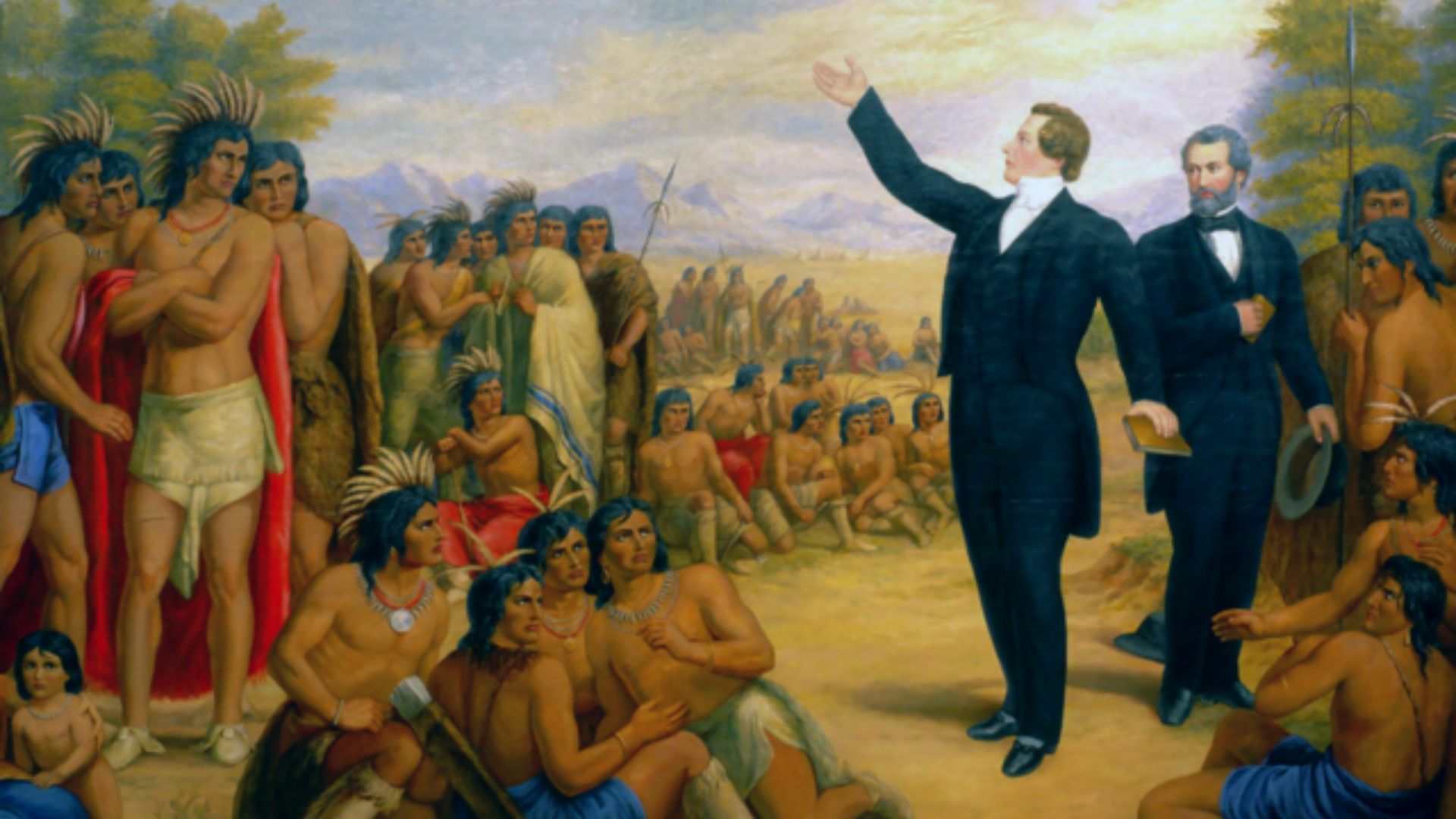
There have been tensions between the US Government and Native Americans for centuries. Even though there have been various attempts to repair this relationship, one of the issues they have now run into is healthcare.
This is why changes need to be made to try and put this relationship back on the mend, which it will hopefully start to be after the latest Supreme Court ruling.
Native American Run Health Programs
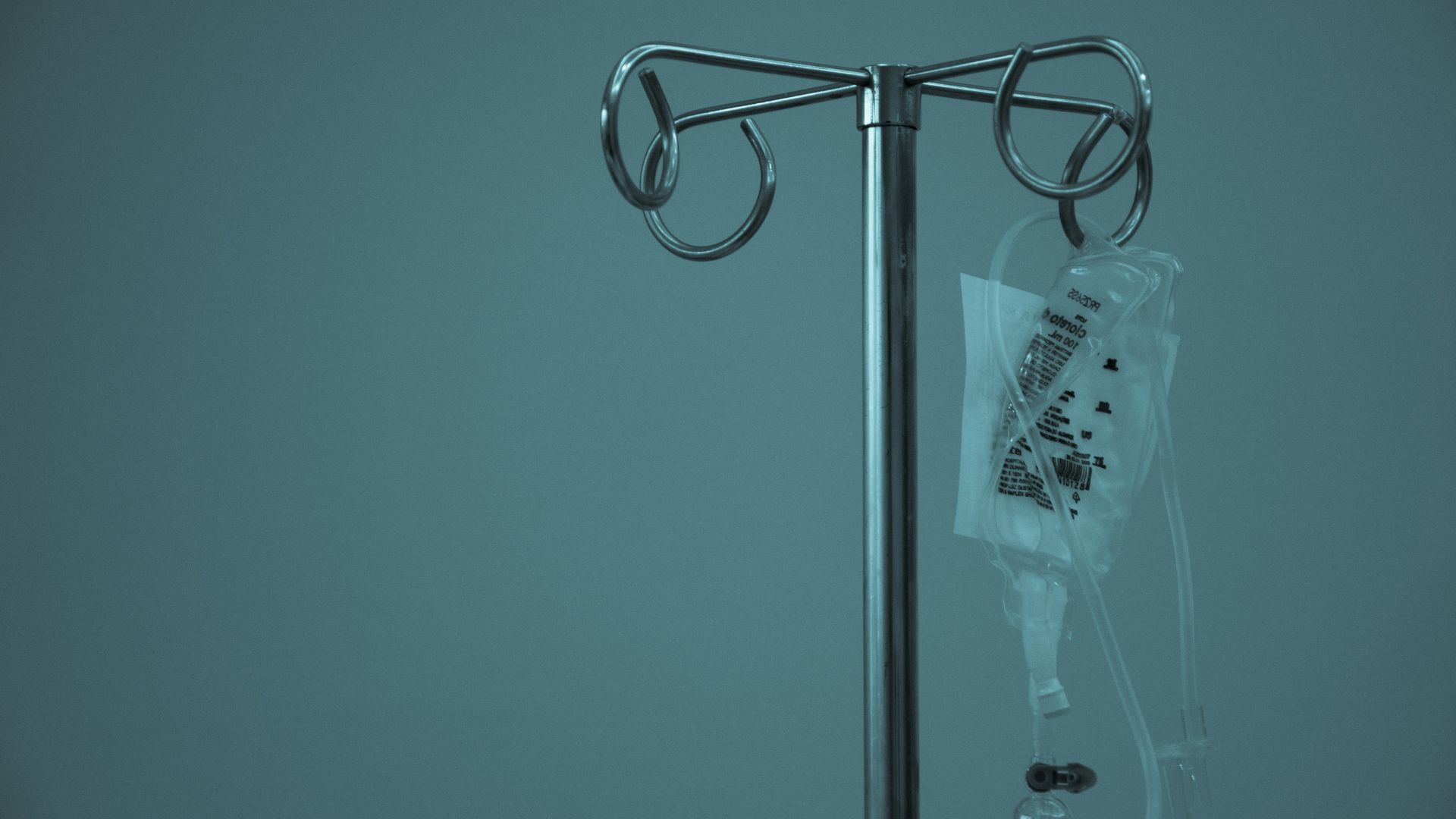
This case was brought forth because of an ongoing monetary issue that occurred when Native American tribes decided to run programs in their local communities.
Since the 1800s, the federal Indian Health Service (IHS) has offered healthcare to local tribes, as was mandated under treaty responsibilities made during this time.
Inadequate Facilities
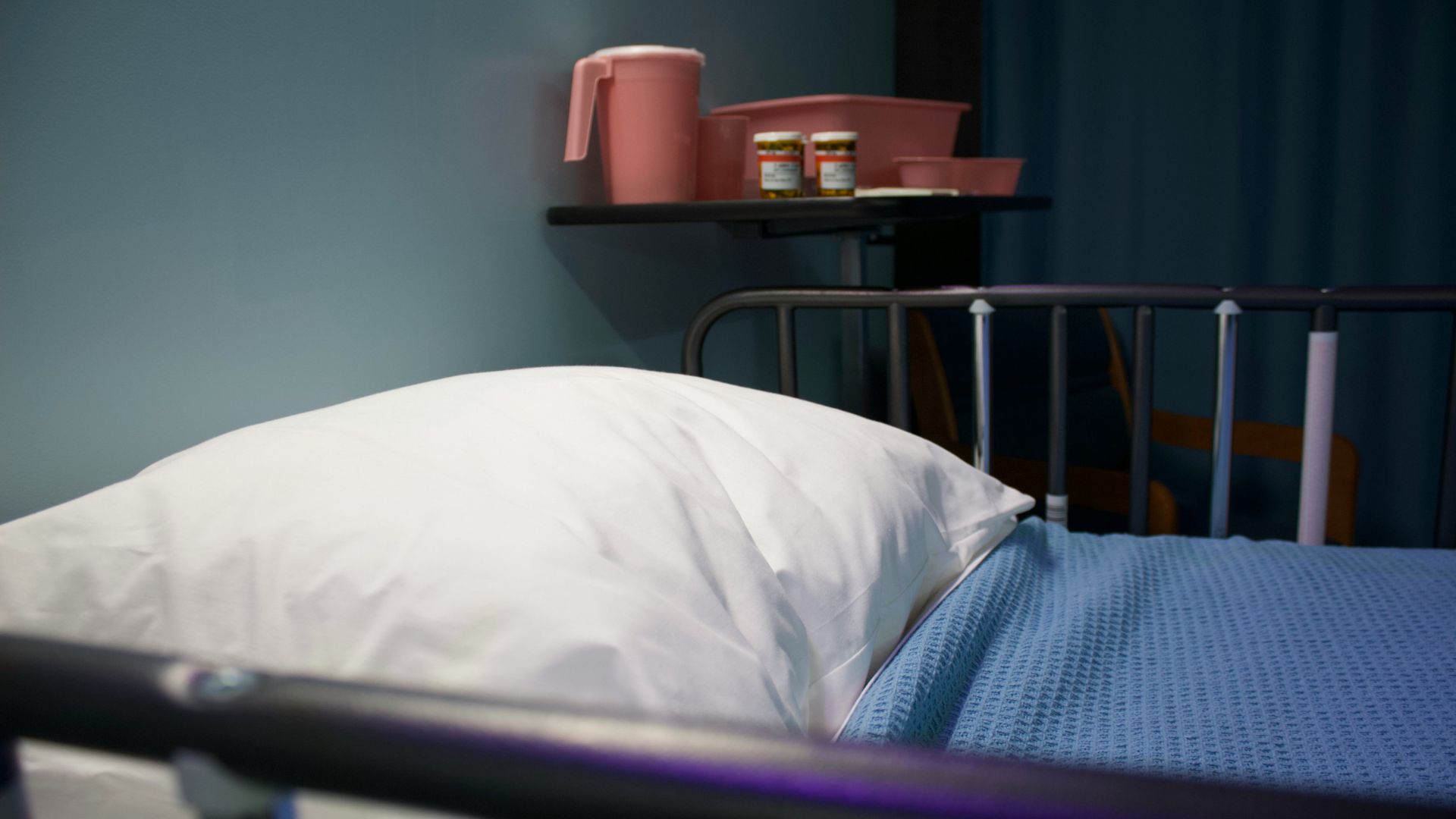
Unfortunately, this federal program often didn’t provide the best healthcare to tribal communities. Facilities around many Native American lands were deemed to be inadequate.
These hospitals and services also were regularly understaffed.
Tribes Have Administrative Costs
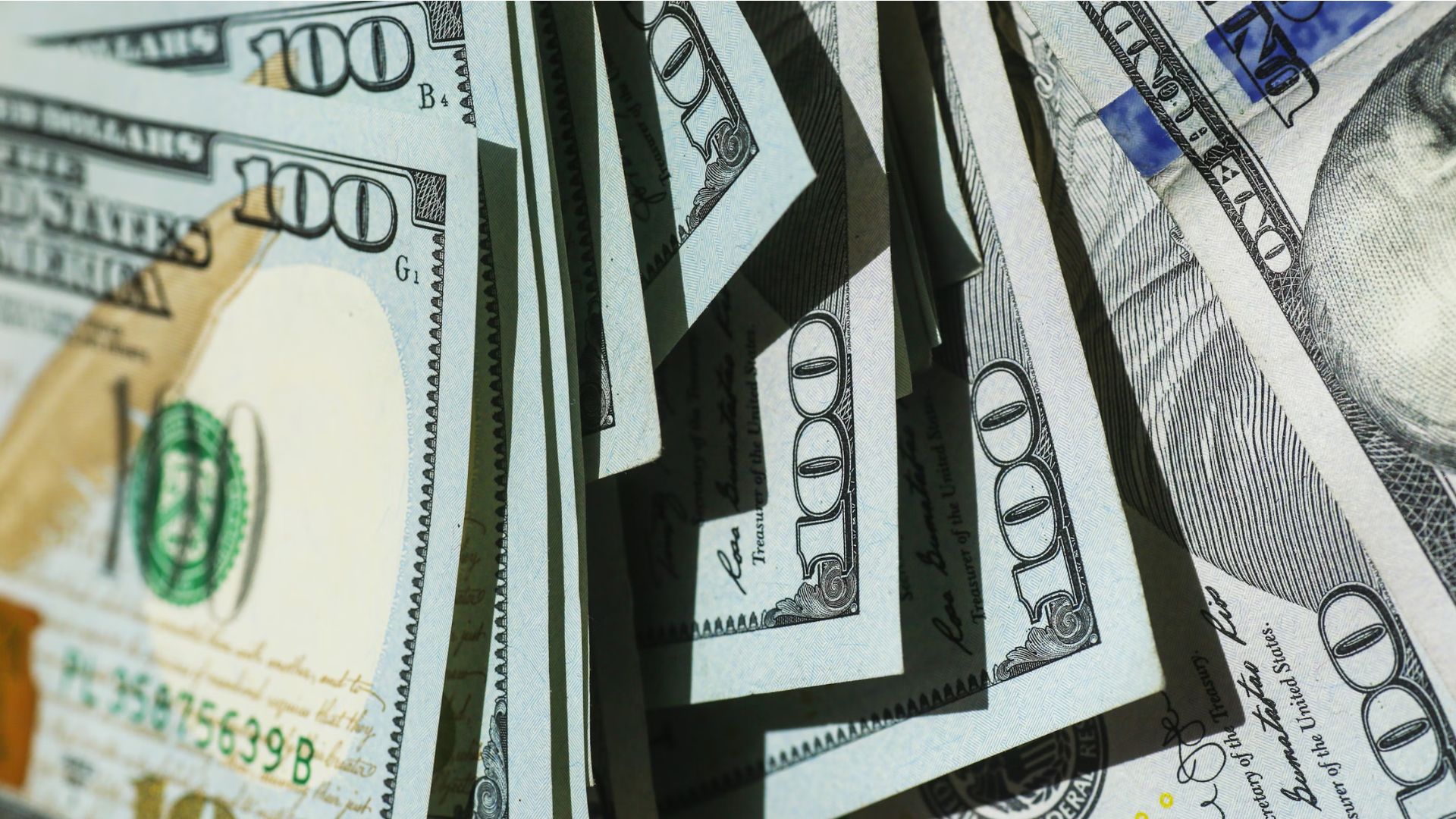
One cost that tribes will incur that the government doesn’t is administrative costs. The government can rely on the Office of Personnel Management for administrative purposes, whereas tribes can’t.
This is just one of the areas where the government is expected to pay up so that a funding gap doesn’t occur.
The Indian Self-Determination and Education Assistance Act
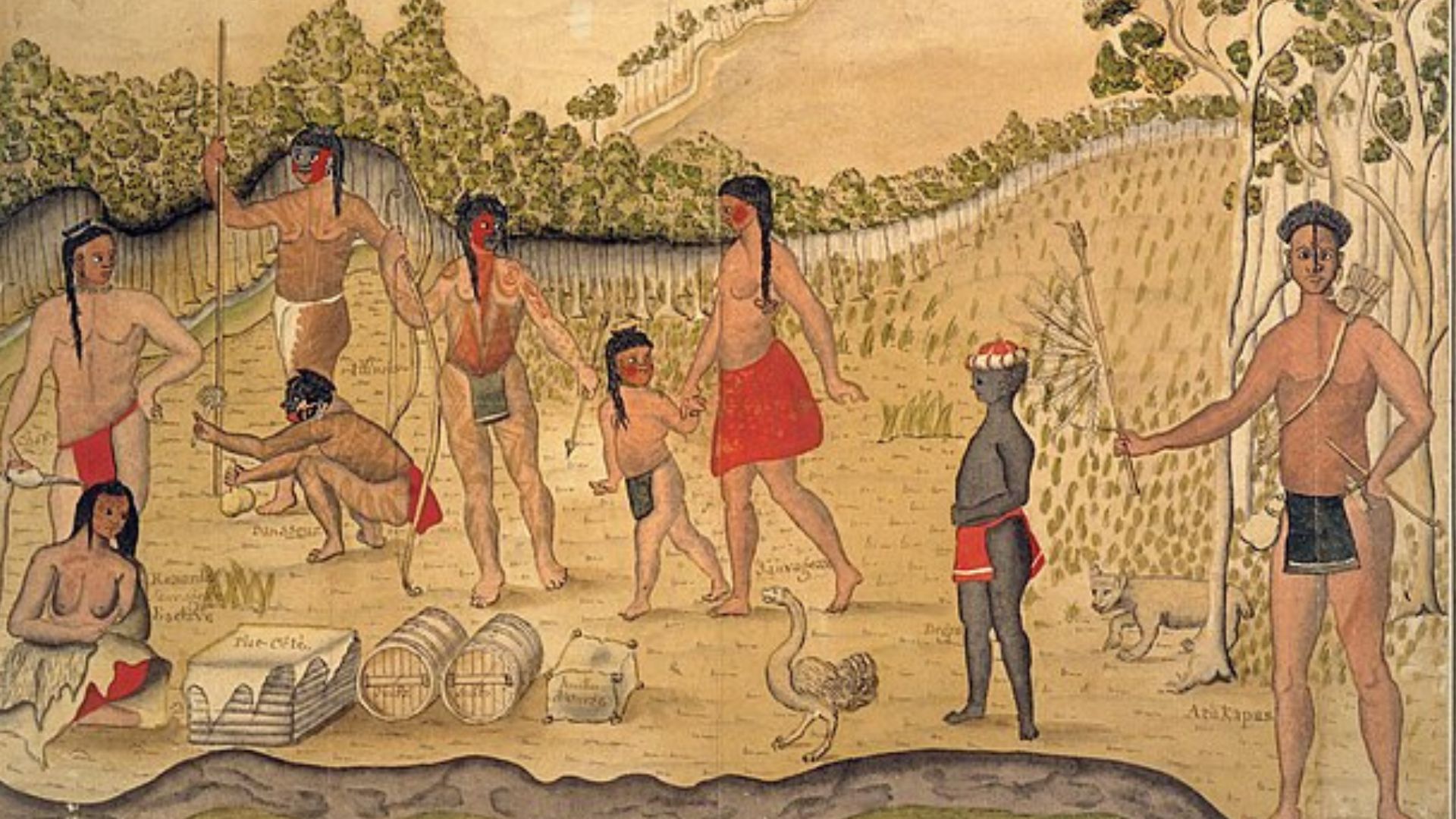
The Indian Self-Determination and Education Assistance Act enabled Native Americans to enter into a contract with the IHS to run their own healthcare programs, which would otherwise be run by the IHS.
Whenever a tribe decides to opt into this, the IHS will give this tribe some money that it would have used to run these programs. The tribe can also get money from other programs, such as Medicare, Medicaid, and private insurers.
Tribes Running Their Own Healthcare Programs
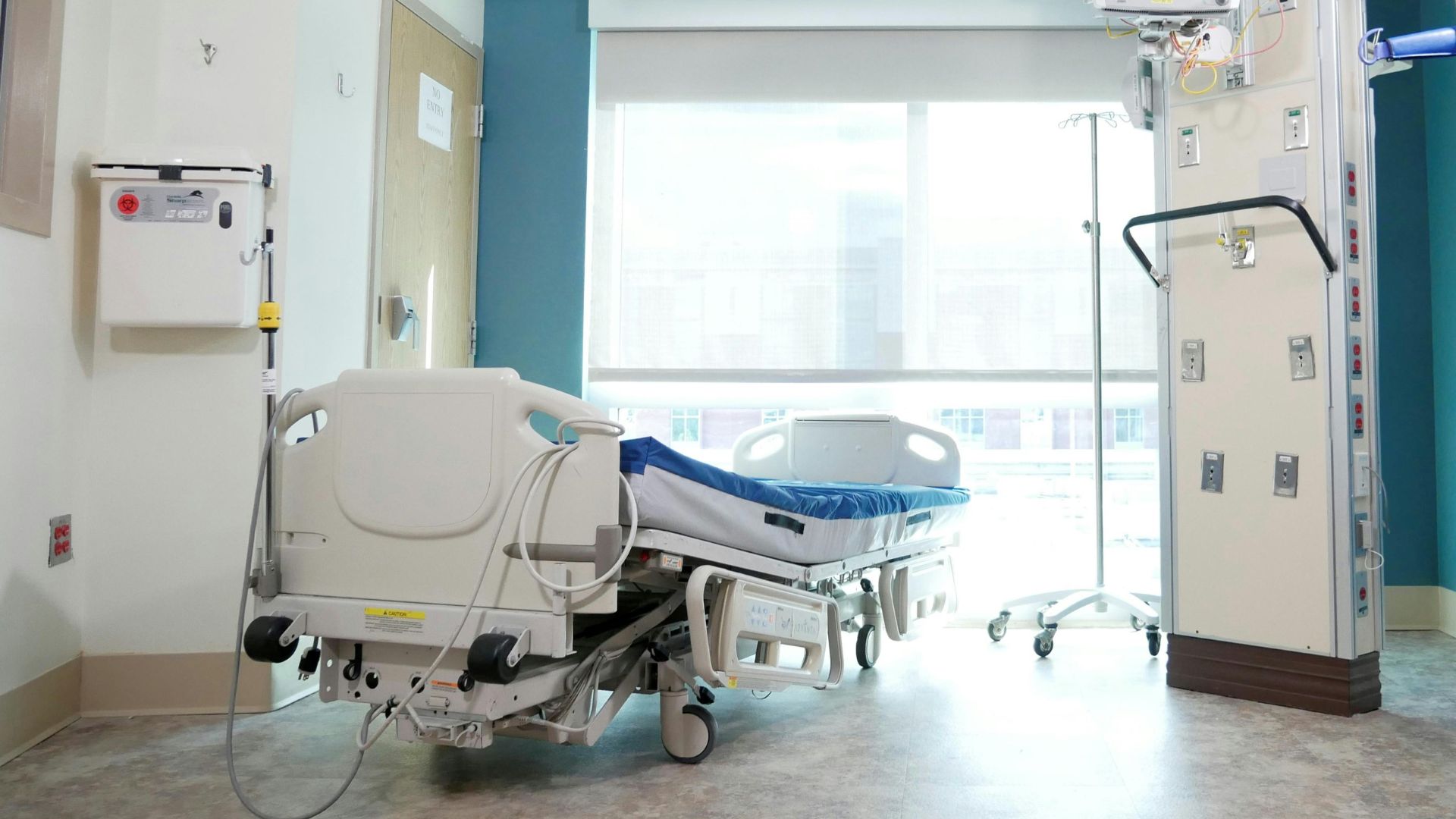
These inadequate facilities led to many local tribes around the country deciding to step in and try to run their own healthcare programs.
The IHS agreed to this proposal — and even stated that the agency would pay local tribes to run various programs and services, giving tribes the money they needed.
Tribal Run Healthcare

Ultimately, this resulted in some Native American tribes running their own healthcare programs in their local areas. This was all done in an attempt to better their people’s health, something that the IHS seemingly failed to do in the past.
Local tribes began to run various aspects of healthcare services, such as emergency services. They also formed substance abuse treatment programs.
IHS Spending
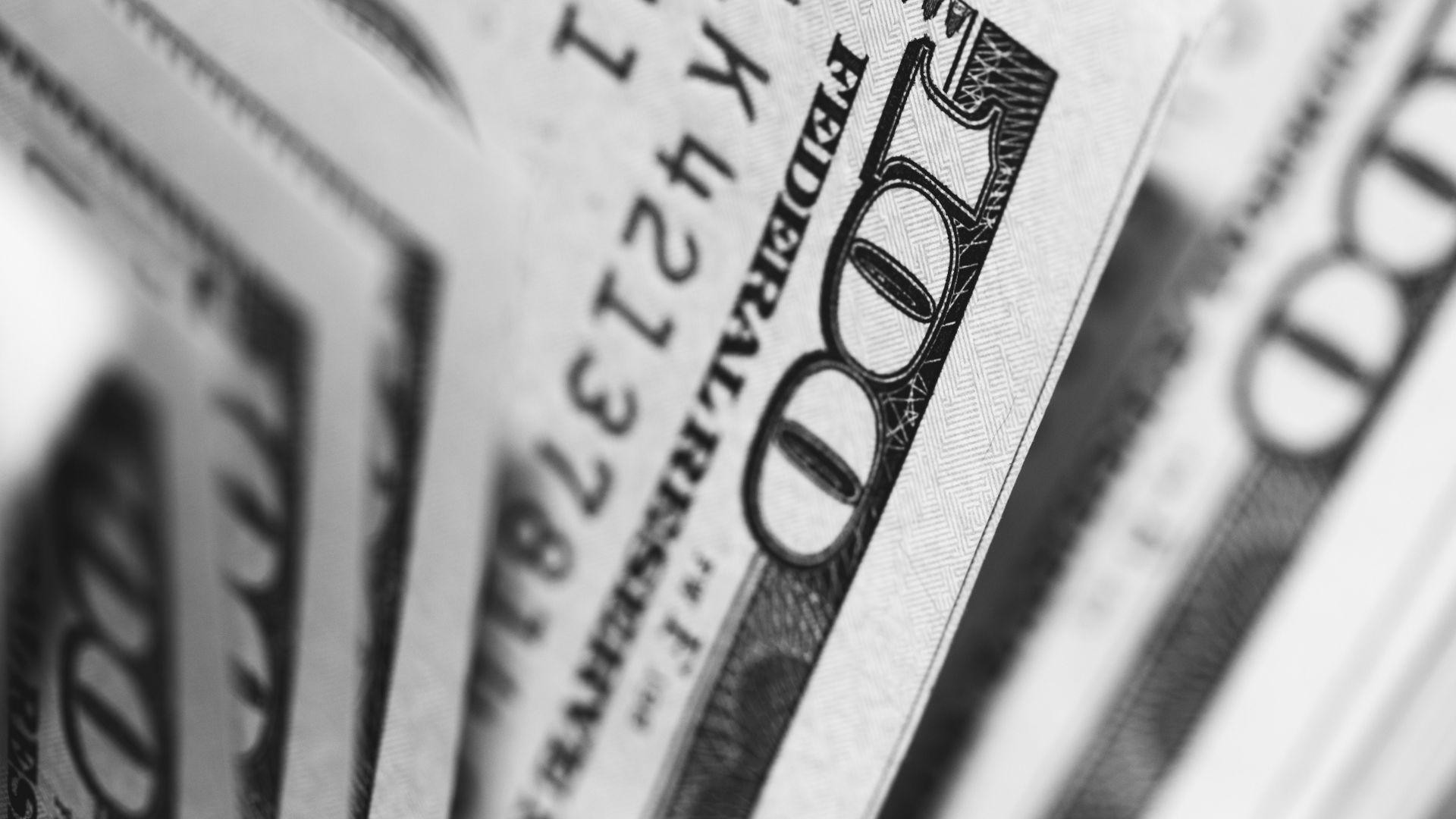
Data has shown that the lifespan of Native American tribal members is 65 years. This is about 11 years less than the average U.S. lifespan.
Meanwhile, the Northern Arapaho Tribe in Wyoming explained in recent court documents that the IHS spending conducted in Native American communities per person is only one-third of what the average federal spending throughout the U.S. is.
Creating Contracts With the IHS

To bring about better healthcare services to their people, many Native American tribes jumped at the chance to run their own programs.
Today, a majority of federally recognized tribes now have contracts with the IHS. These contracts — in which the IHS gives tribes the healthcare funding the agency itself would’ve been spending — allow tribes to run at least part of their overall healthcare services.
IHS Funding Didn’t Cover Everything
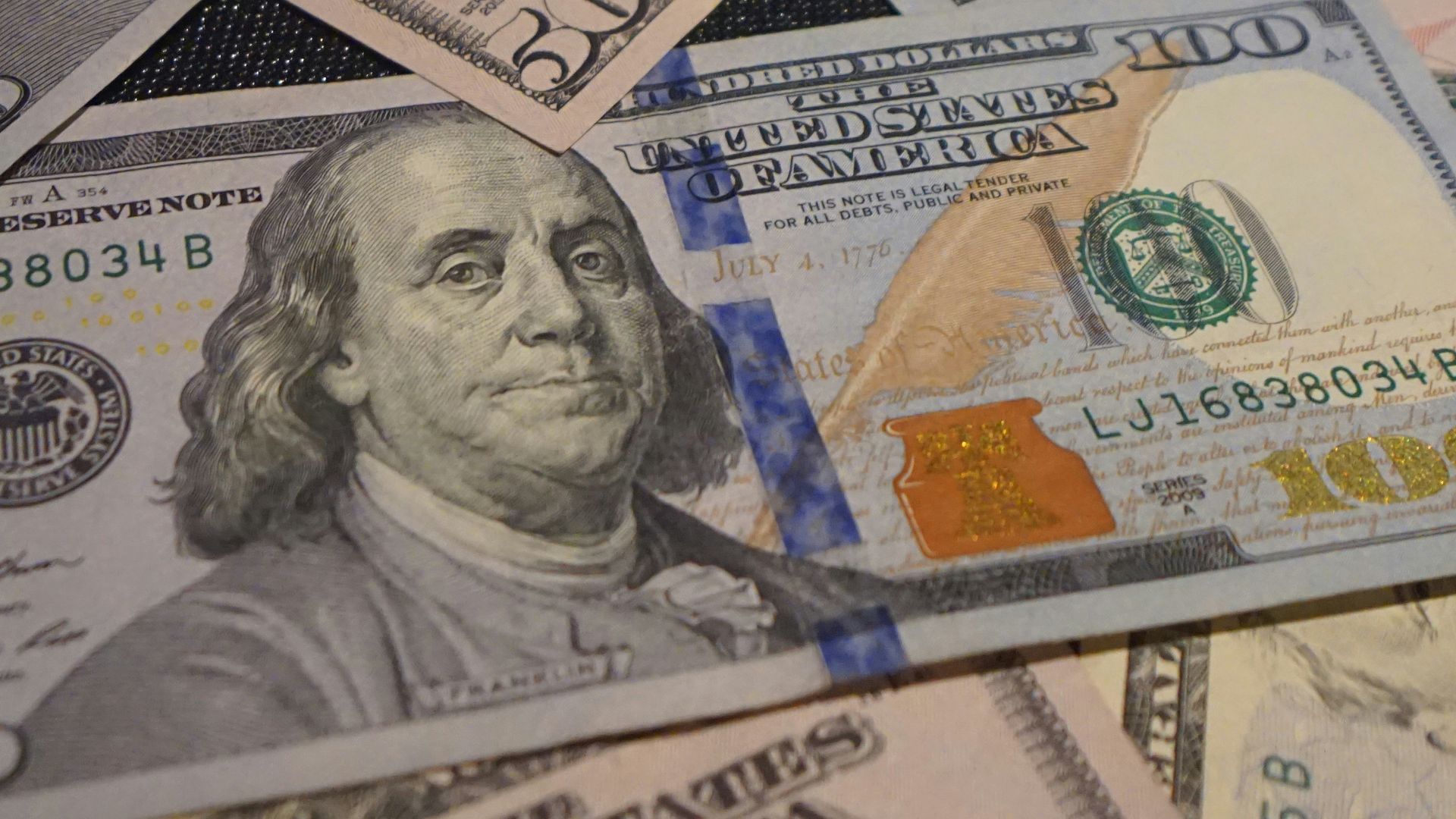
This Supreme Court case was brought forth, however, because Native American tribes realized that the IHS wasn’t giving them enough funding to cover everything.
These contracts didn’t include the incredibly expensive overhead costs for billing Medicare, Medicaid, and insurance companies.
Why Overhead Costs Weren’t Included

According to the Department of Health and Human Services, the federal government isn’t responsible for funding these overhead costs associated with billing.
The IHS didn’t include these costs in the contracts with tribes because they don’t regularly handle these costs, as other federal agencies normally foot the bill.
Tribes Have Spent Millions of Dollars

In only the last few years, Native American tribes have been forced to spend millions of dollars — just on these overhead costs.
The San Carlos Apache Tribe revealed that they paid almost $3 million in billing costs in three years. Meanwhile, in just two years, the Northern Arapaho Tribe paid $1.5 million.
The Northern Arapaho Tribe and the IHS

The Northern Arapaho Tribe decided to come into contract with the IHS in 2016 to help them administer various health services on the Wind River Reservation.
Some services they are contracted for include outpatient ambulatory medical care and primary care, nursing, mental health, radiology, physical therapy, optometry, dental care, community health services, and laboratory and pharmacy services.
The Wind River Reservation Has 12,000 Patients
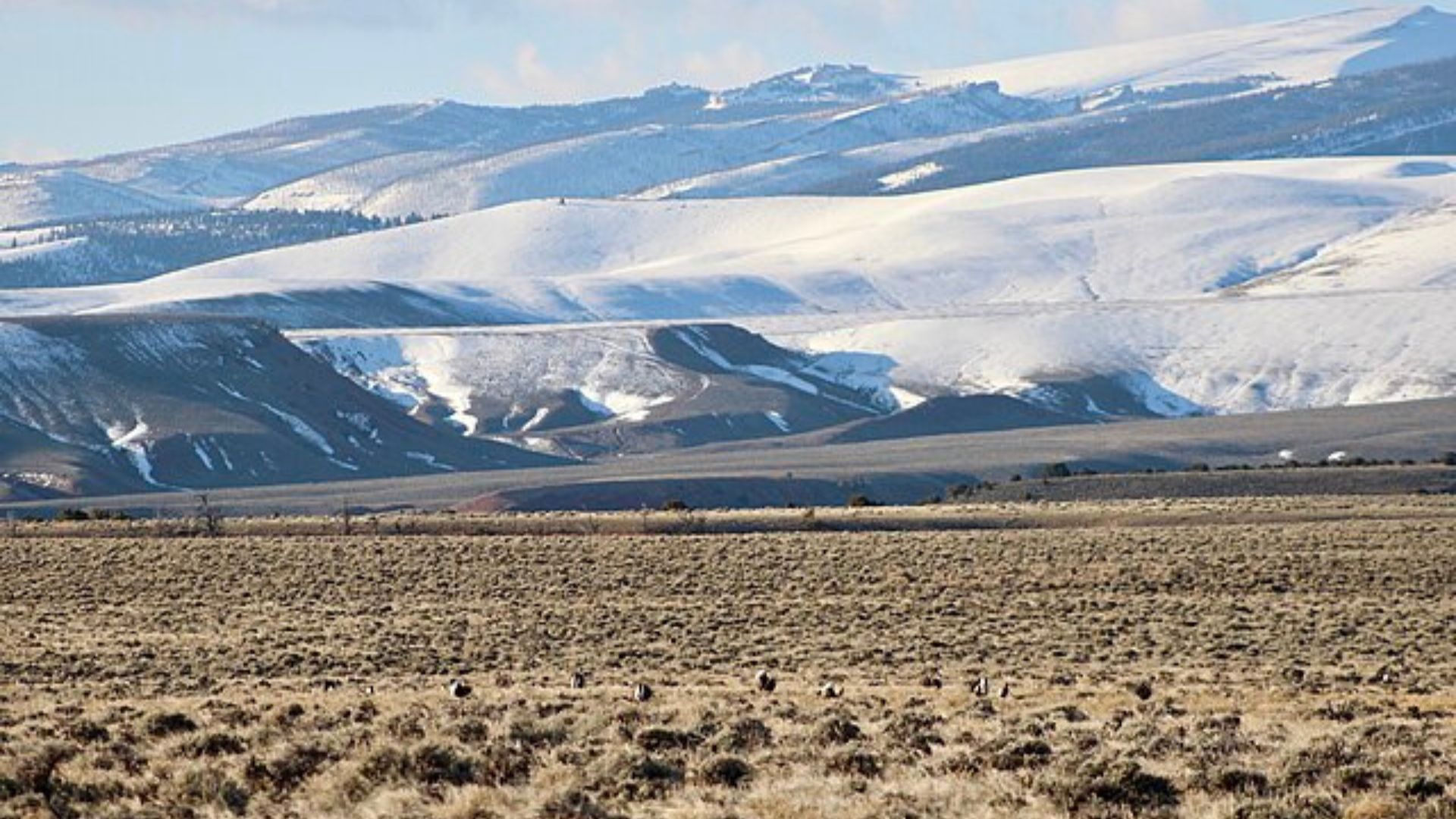
The Wind River Service Unit, located on the Wind River Reservation, provides services for around 12,000 patients from the Northern Arapaho and Eastern Shoshone Tribes.
However, despite providing healthcare for thousands of patients, the unit receives the lowest funding sufficiency across all of the IHS funding programs.
Healthcare Facilities Are Really Old

Underfunding has led to severe consequences for these tribes. For example, the Wind River Service Unit is based in a health center originally constructed as a military commisionary in 1884.
This is the oldest IHS facility in the nation, and one of the main issues is that other healthcare facilities throughout the US are more modern and up-to-date.
A Supreme Court Decision
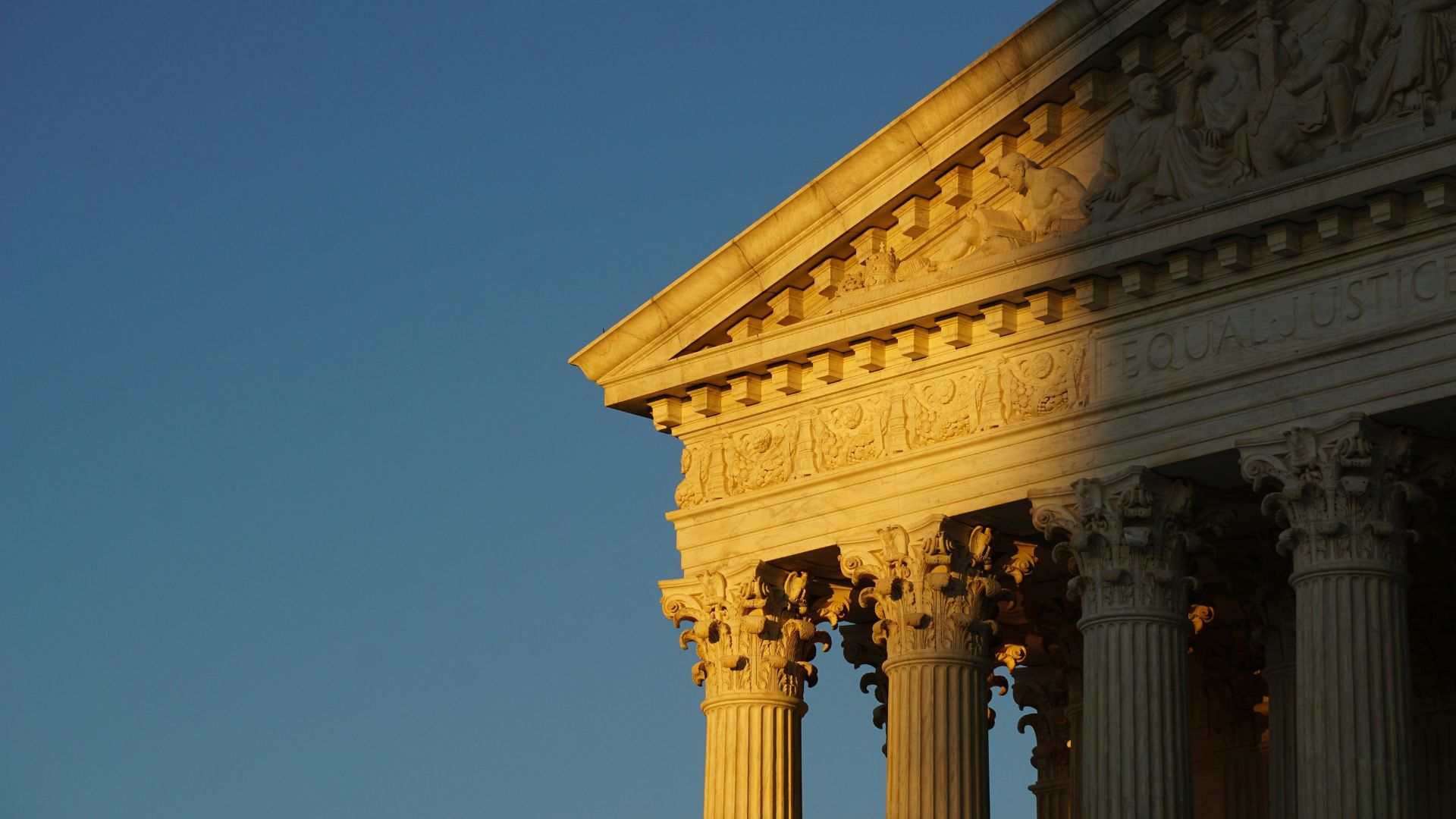
The lower courts all agreed with the Native American tribes that brought this case forth, ordering the federal government to pay back tribes and ensure funding for overhead costs was included in contracts.
Now, the Supreme Court has also sided with the tribes — and against the federal government. This Supreme Court decision ended in a 5-4 vote, with Chief Justice John Roberts and fellow conservative Justice Neil Gorsuch siding with the Court’s three liberal justices.
A Win for the Native Americans
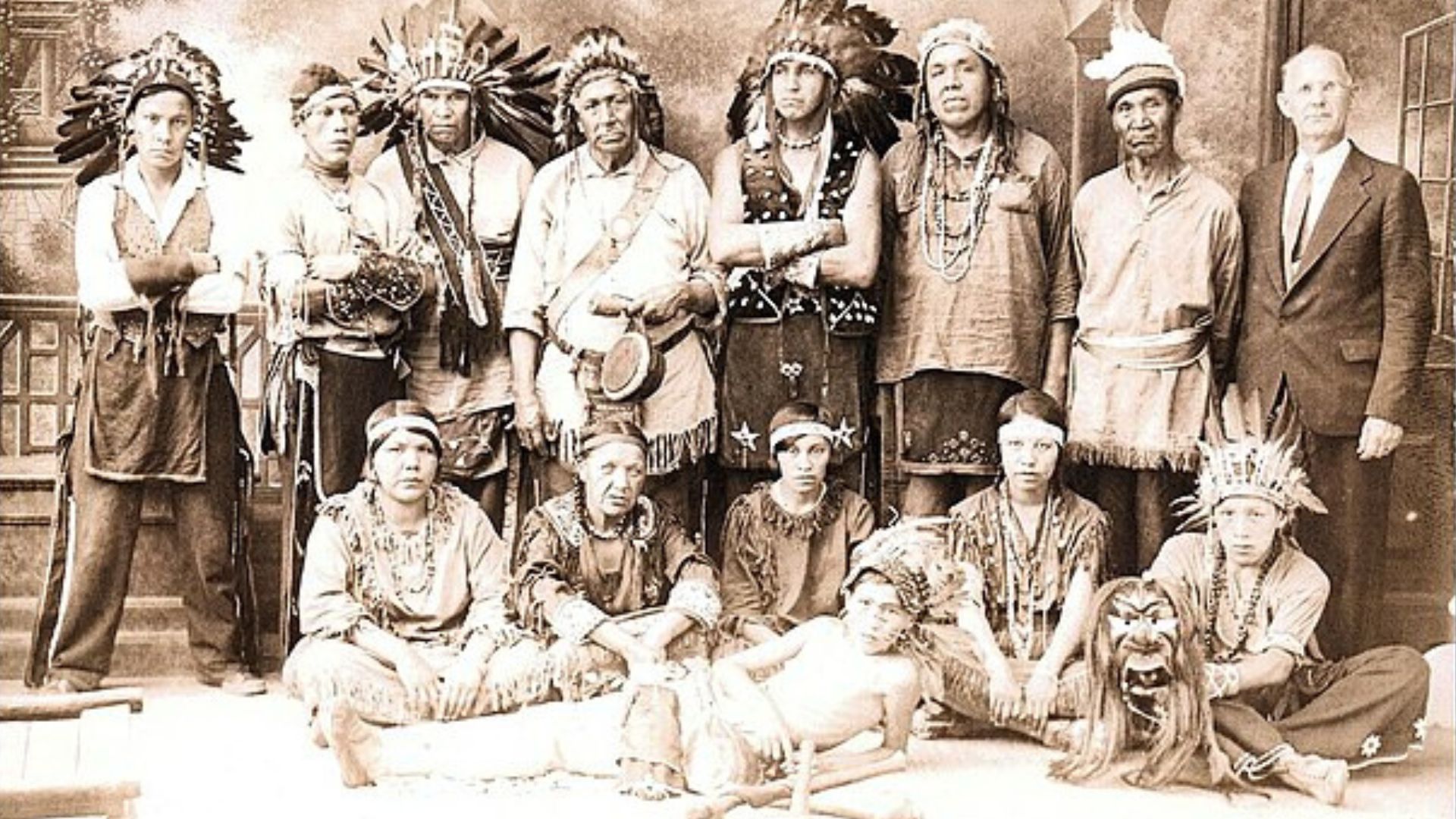
When asked about the decision by the Supreme Court, Carter Phillips, who represents the San Carlos Apache tribe, referred to the decision as a “huge win for Indian country.”
It also means that healthcare services on Indian reservations will be preserved and carried out at a high standard now that the Federal Government is covering healthcare costs.
Communities Have Been Under-Served

Promoting and preserving tribal sovereignty has been a key factor for Native American tribes, something which this new ruling will now allow.
It also means that communities who have been under-served throughout the last few decades will finally have resources provided to them that they previously struggled to get.
Majority vs Dissenting
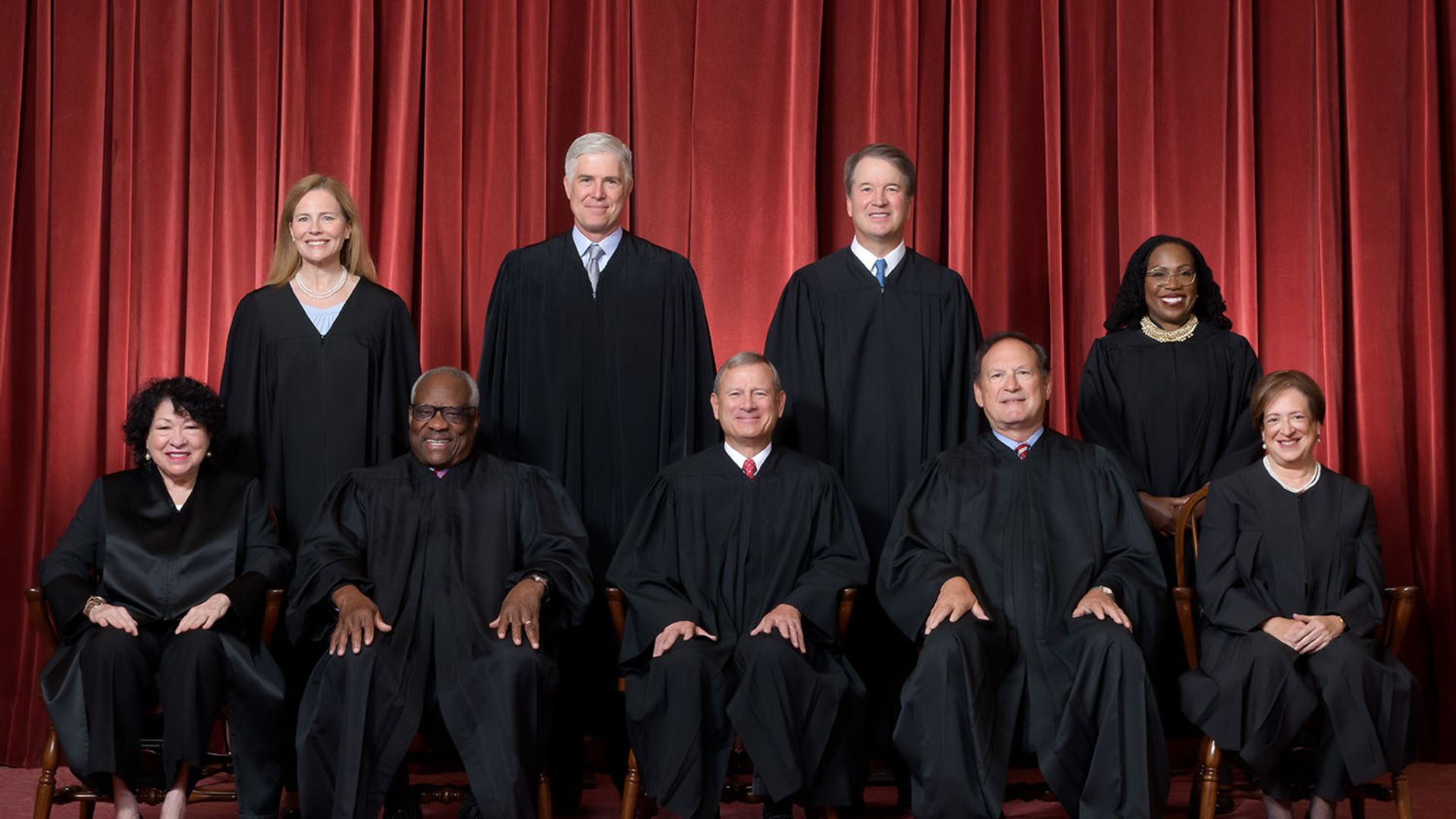
In the majority opinion, Chief Justice Roberts explained that the federal government must cover these overhead costs, as it is “necessary to prevent a funding gap.” Roberts also wrote that the government cannot refuse to reimburse the tribes, as this forces Native Americans to “pay a penalty for pursuing self-determination.”
Meanwhile, the remaining conservative justices wrote a dissent led by Justice Brett Kavanaugh, who explained that “the extra federal money that the Court today green-lights does not come free.” He added, “In my view, the court should leave those difficult appropriations decisions and tradeoffs to Congress.”
Roberts Made Reference to Self-Determination

When making note of the majority decision, Roberts made reference to the government’s argument and how it completely contradicted the Indian Self-Determination and Education Assistance Act.
This is because the purpose of this act is to give Native Americans a voice in the planning and implementation of these programs to meet the needs of their communities.
Native American Tribes Are Worse Off

During an oral argument in March 2024, Roberts argued to one of the government’s lawyers that under their current approach, tribes are worse off when undertaking the direction of self-determination.
This is because they have been taking on more healthcare responsibilities but end up getting a smaller percentage of the money back from the government.
Cost to the Federal Government

Now that the ruling has been made, the federal government is going to have to pay between $800 million and $2 billion to tribal healthcare funds annually.
However, as Congress only appropriates $8 billion to the IHS every year, it will mean moving funding away from the poorer tribes and giving it to the richest tribes.
